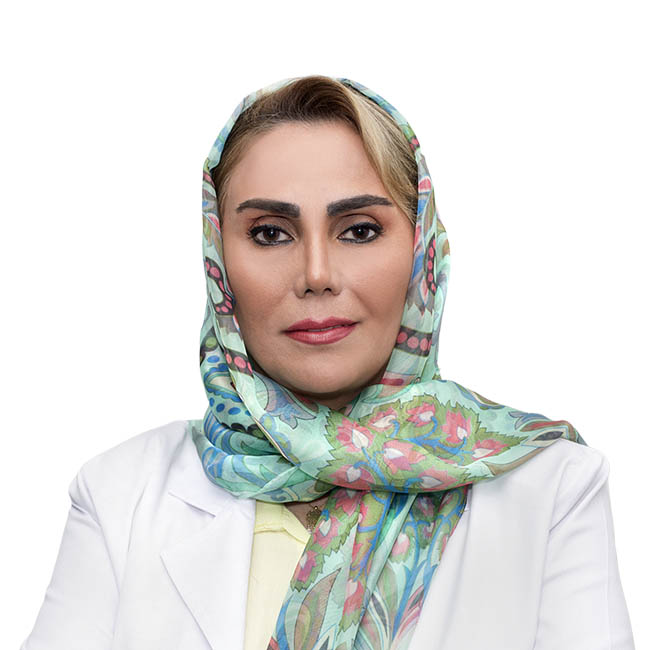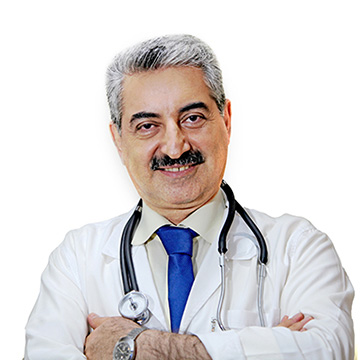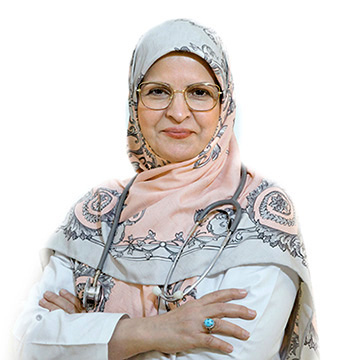Massage
Massage is a therapeutic modality aimed at inducing relaxation, revitalizing the body, and promoting healing. It involves the skilled manipulation of soft tissues and muscles through various manual techniques. Beyond merely providing momentary pleasure, massage offers a plethora of benefits for overall health. Numerous massage types exist, each offering unique advantages to the body. When performed professionally, massage therapists use their hands, forearms, elbows, or feet to apply pressure and detect areas of tension and joint issues.
The primary purpose of massage therapy is to facilitate the body's natural healing processes and promote health and relaxation. Different massage techniques, such as Swedish massage, kneading, vibration, percussion massage, deep tissue massage, myofascial release, neuro-muscular therapeutic massage, and trigger point massage, cater to specific needs and goals.
Studies have demonstrated how massage enhances overall well-being and longevity by stimulating the nervous system and releasing feel-good hormones like endorphins, which reduce stress and promote relaxation.
Incorporating massage into one's regular routine, much like exercise, can prevent injuries and manage stress, striking a balance between physical and mental health. Those engaged in physically demanding or sedentary occupations can benefit greatly from regular massages. Pain serves as a signal from the brain about imbalances in the body, and massage can aid in healing and pain reduction.
The benefits of massage span across physical, emotional, and psychological aspects. Physically, massage relieves tension, stiffness, and fatigue, enhances flexibility and range of motion, improves blood circulation and lymphatic fluid movement, reduces pain and swelling, and promotes overall body shape and skin health. Emotionally, it satisfies spiritual needs, increases feelings of well-being, reduces anxiety, and enhances alertness and mind-body connection. Psychologically, massage encourages relaxation and satisfaction, ultimately leading to a healthier and longer life.
While massage is generally safe when performed by a professional, there are some risks and side effects to be aware of. These include temporary pain or discomfort, bruising, swelling, or sensitivity to massage oil. Individuals with bleeding disorders, low blood platelet counts, or taking blood-thinning medications should avoid intense massage. Certain medical conditions, such as blood clots, fractures, open wounds, skin infections, bone weakness (including osteoporosis or cancer), and recent surgeries, contraindicate massage on affected areas. Cancer patients should consult their oncologist before receiving deep or intense pressure massages. Pregnant women should also seek advice from their gynecologist regarding massage during pregnancy, with foot massage being a generally safe option to alleviate leg swelling.
In conclusion, massage therapy, when administered by qualified professionals, brings a myriad of health benefits and serves as an excellent adjunct to overall well-being and relaxation.




